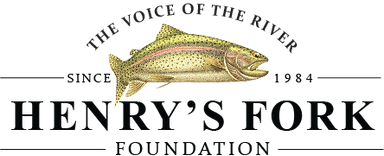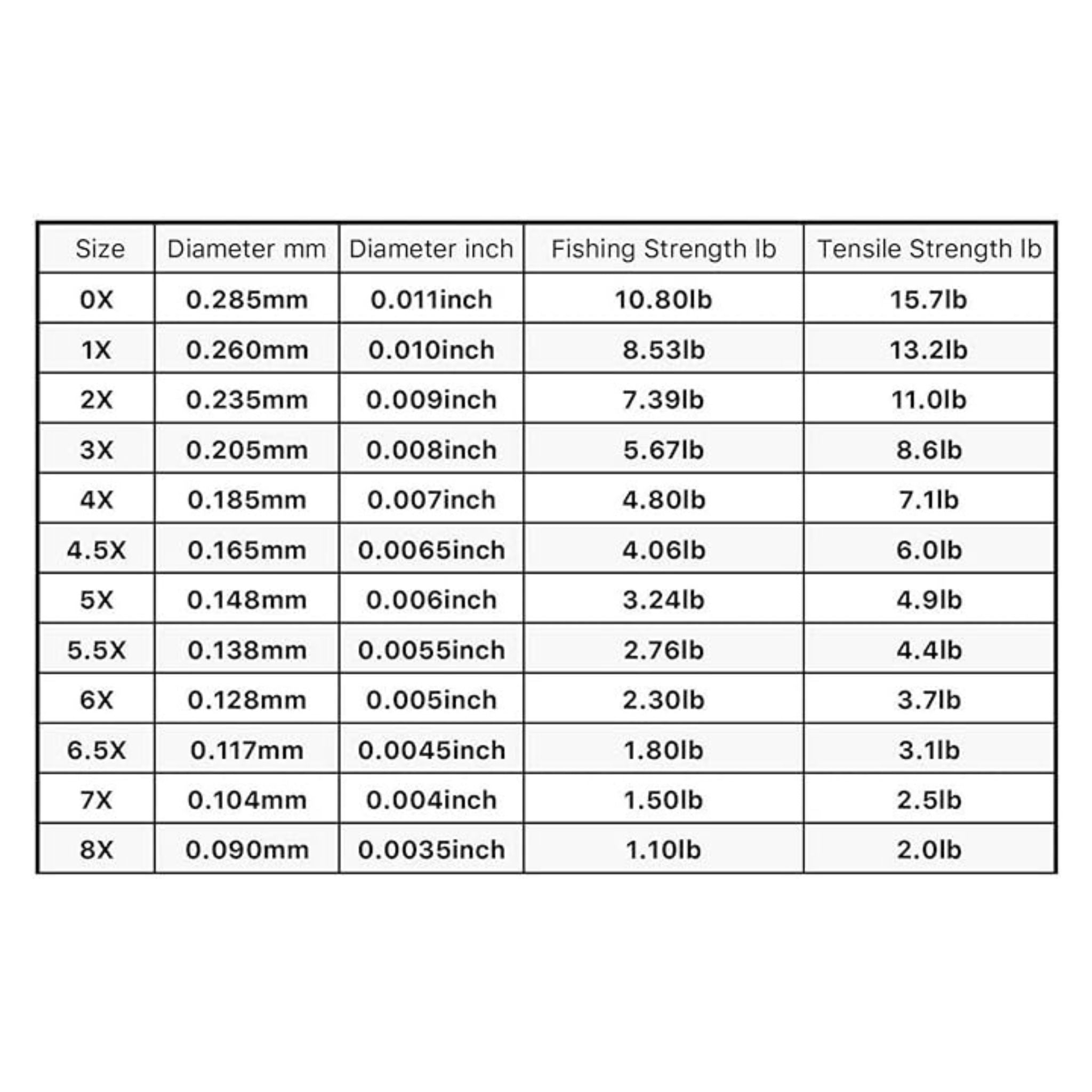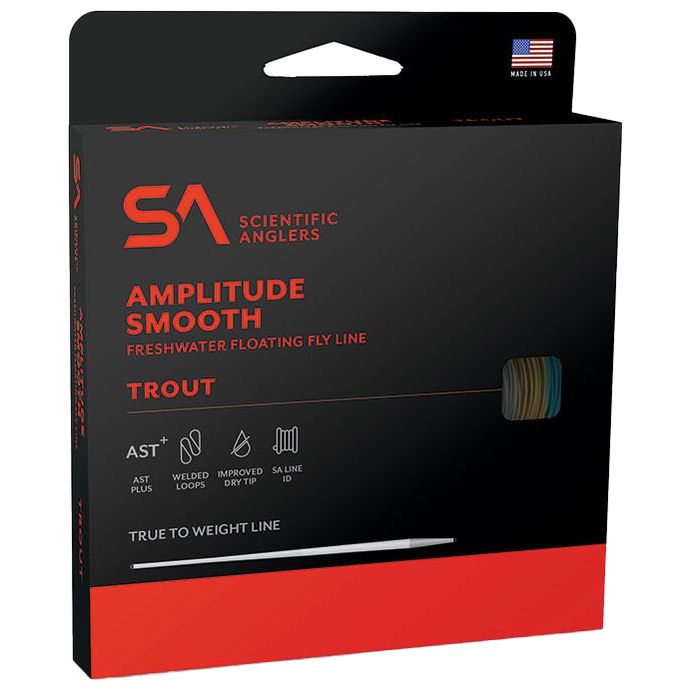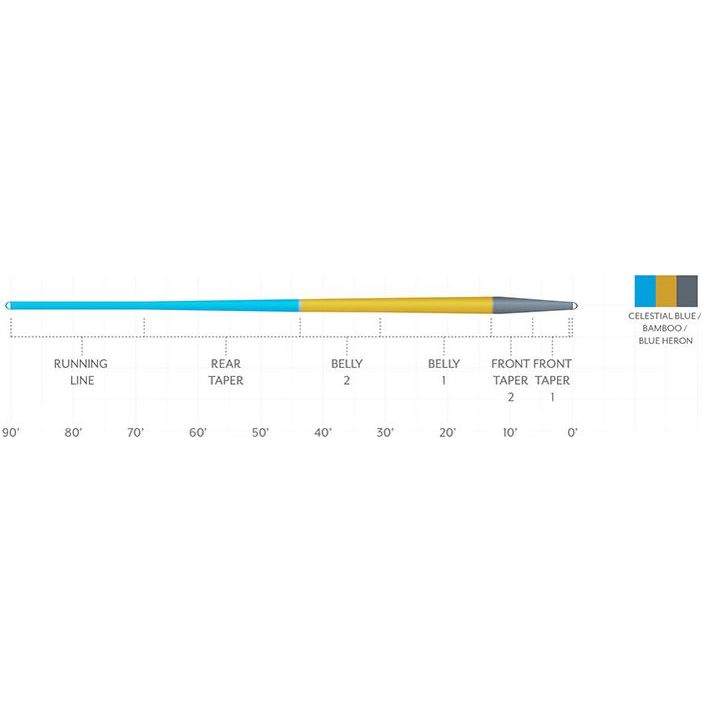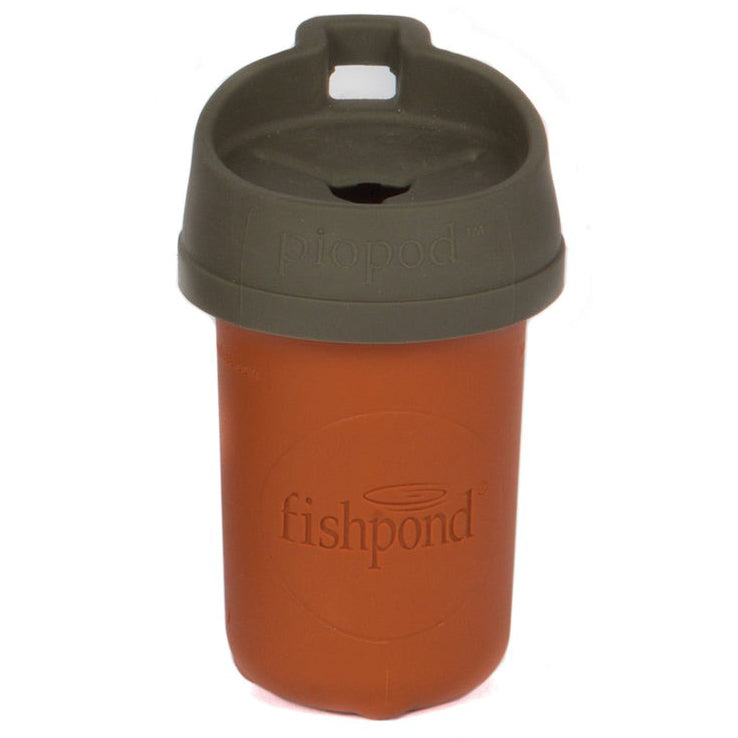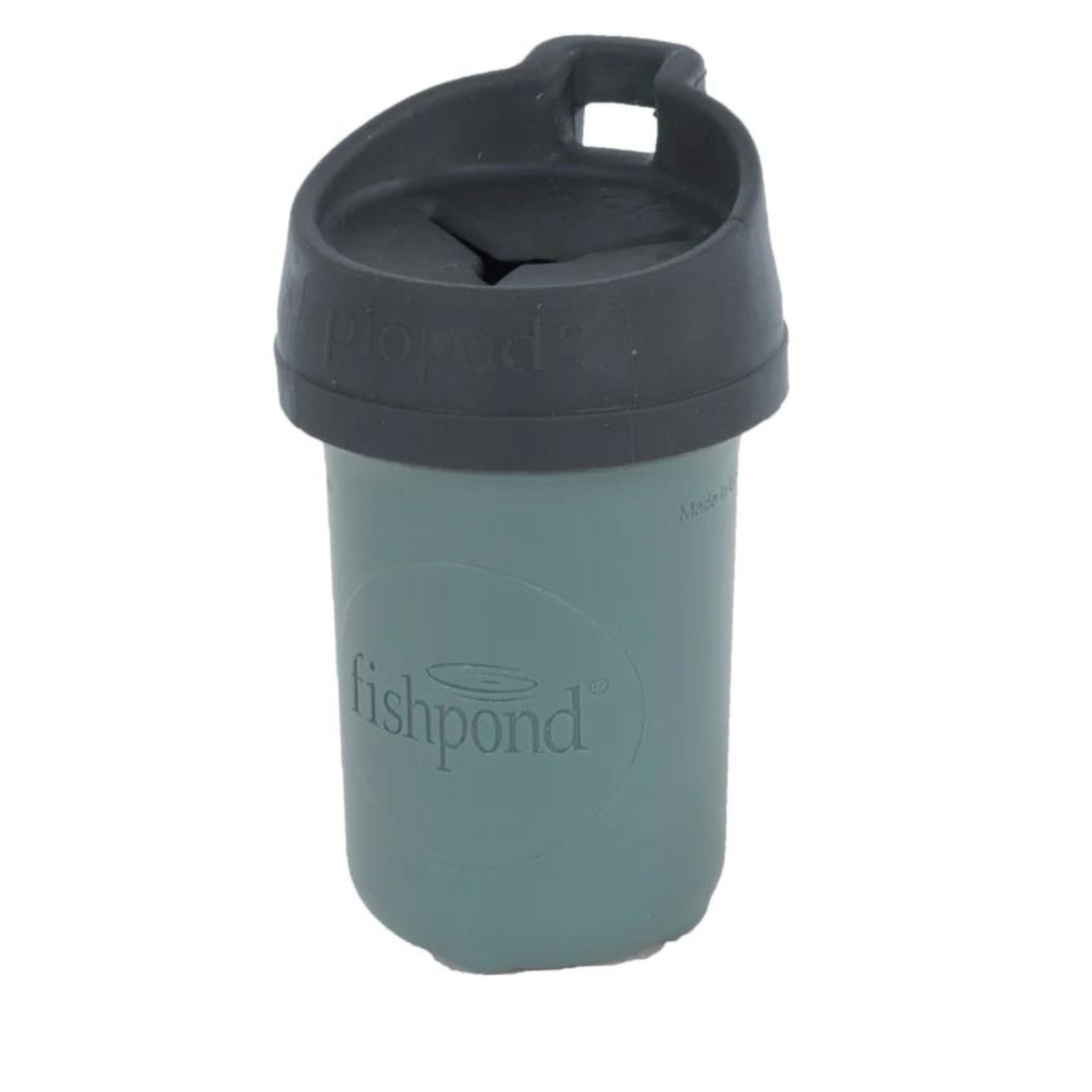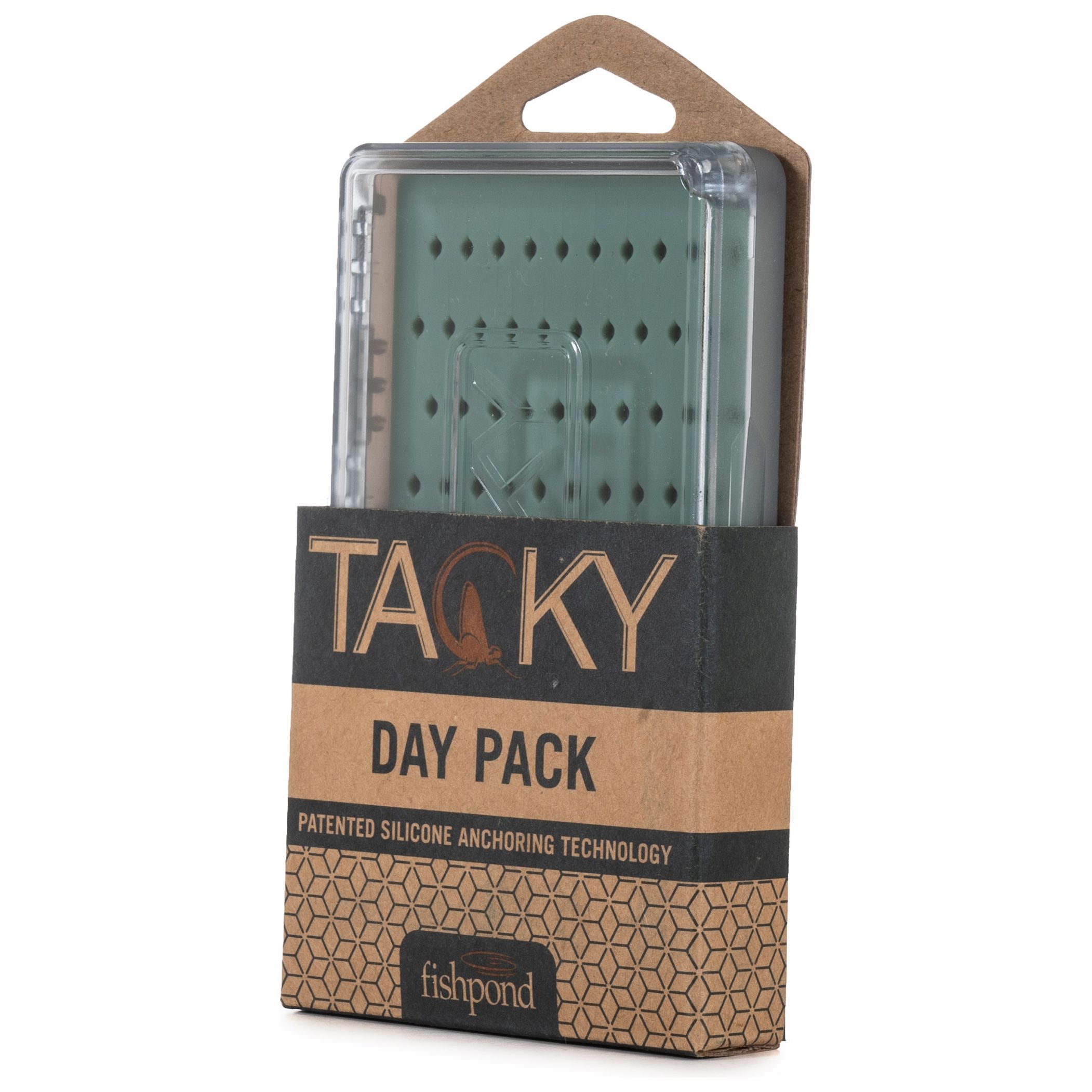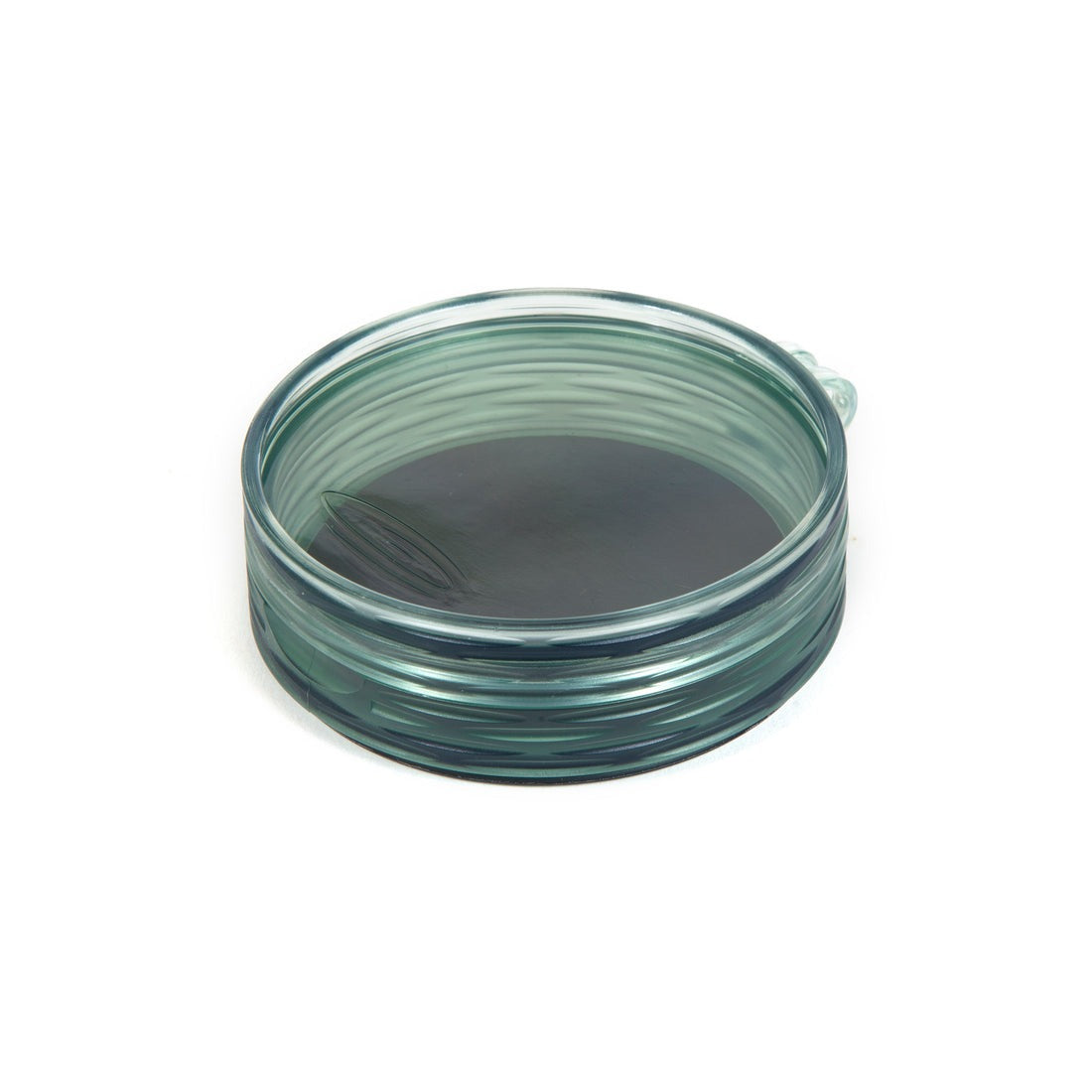Henry's Fork Report - September 12, 2024

Henry’s Fork Streamflows
Island Park Dam: 594 cfs
Ashton Dam: 1330 cfs
St. Anthony: 974 cfs
Fall River: 371 cfs
The change in weather this evening marks the beginning of fall on the Henry’s Fork, one of our favorite times on the North Fork of the Snake River. It’s not always the easiest, and the fishing windows not the longest of the year, but after the dwindling activity of late summer, fall brings with it a breath of fresh air and a sense of a river that is livening back up from top to bottom. This turn in weather brings with it a more steady stream of hatches than we’ve seen since early July and the hope of rising trout. Water levels are, as is typical, low and likely to get lower as irrigation demand is no more and we are now conserving water for winter flows. This makes for skinny water fishing in cold water.
Box Canyon
The Box is a bumpier ride than it’s been now, with flows dropping out of IP Reservoir, still plenty of water to navigate in most watercraft, but with a need for a sharper eye out for gel coat-robbing basalt boulders. Fishing here is good in the fall, typically with small nymphs, but streamers will play as well. It’s weedy in here, so adjusting the length of your leader below your indicator for the depth of water you’re fishing is a good idea, as is frequent tending to your flies. Flies should generally resemble midges, baetis, and the occasional mahogany nymphs. Leeches are present as well and shouldn’t be overlooked. We like the following flies at the moment: PTs, Split Cases, Micro Mays #16-18, Red and Brown Zebra Midges #14-18, Black Zebra Midges #18, Rubberlegs stonefly nymphs #8-12, and HP Caddis Pupa #14-16. For Perdigons: Jake’s SH, Frenchies, Black Daggers, Olive Hot Spots, Spanish Bullets and Bullet Quills #16-18.
Railroad Ranch
For all the Ranch anglers out there who have been struggling these past months, fall brings the next chapter of opportunity and the hope of a more steady stream of insects than we’ve seen for a while. Expect daily hatches of pseudos to get trout thinking about rising, but it will usually take the presence of mahogany duns or baetis to actually get them going. This weather is quickly cooling water temps and with that a more steady presence of both. Cloudy days will keep the game going longer and more intensely than sunny ones. A keen eye will be needed to distinguish larger trout from the many smaller trout that will be rising, for this is the time of year that every size class of trout in the river will come to the surface. This is a more difficult task when they are feeding on emergers than when noses are breaking the surface, so take a few moments to observe a trout that you might think is small to be certain. If you watch long enough, they’ll often give you a firm clue as to their size; a fin breaking the surface, a nose, or even that audible slurp that only a large trout makes when feeding. We like to have a variety of Mahogany duns and emergers at the ready, certainly including CDC Thorax Duns, CDC Biot Duns, Last Chance Cripples and Floating Nymphs #14-16. Mahogany eaters often drive me to the tying bench to come up with variants on emergers that are outside of what everyone else is throwing. For Baetis, we like to be armed with Comparaduns, Flag Duns, and CDC Biot Duns #16-20. Spinners should not be overlooked and having a range of colors and patterns in #16-22 is a good idea. Flying ants are mostly over now, but can still be a fine offering from time to time, and Hopper patterns will still have their place for a couple of weeks in the warmer periods of the day.
Canyon Country
The canyons remain good places to spend a day’s fishing, but with dropping temperatures and wet weather they’re not always where you want to be all day. Fishing will still be good with dry dropper and short leash nymphing rigs, streamers will play for those willing to throw them and search out fewer but larger trout. At lower flows, more and more water comes into play as areas that cannot be reached in higher flows are now more easily penetrated with flies. Don’t forget to bring extra layers if you’re headed into these sections, weather will sneak up on you quickly and temperatures drop suddenly.
Warm River to Ashton
This is a great time of year to fish this section of the Henry’s Fork; indicator nymph rigs, dry/drop rigs, streamers, and even solo dry flies can produce in different pieces of this water. Brown trout are on the move at this time, and feeling a bit territorial, streamers are a great way to move one of these grumpy trout. We often favor natural colors, but flash and loud colors can make a statement and turn a large trout on any given day, experimenting with your patterns throughout the day is a good idea. Nymph selections will mirror those recommended for the Box, but we’ll often go a size larger for at least one of the flies on the rig to entice a greedy fish. Look for spotty baetis hatches throughout this reach, you will be surprised from time to time by a large nose slipping up in an eddy or a seam line, dining on baetis when they’re abundant.
Below Ashton Reservoir
Now is the time that the lower river comes back to life in earnest, it’s often a nymphing endeavor for a portion of the day but dry fly fishing will come into play in the nicer periods of a cloudy day. As in the Ranch, large trout can surround themselves with smaller trout, so take some time to watch a pod of smaller fish to ensure that there’s not a larger one concealing itself in the middle. Some of the same flies we use on the Ranch will play here as will others such as Purple Haze or some of your favorite caddis patterns #16-18.
Good luck out there, stay warm and have fun!!



